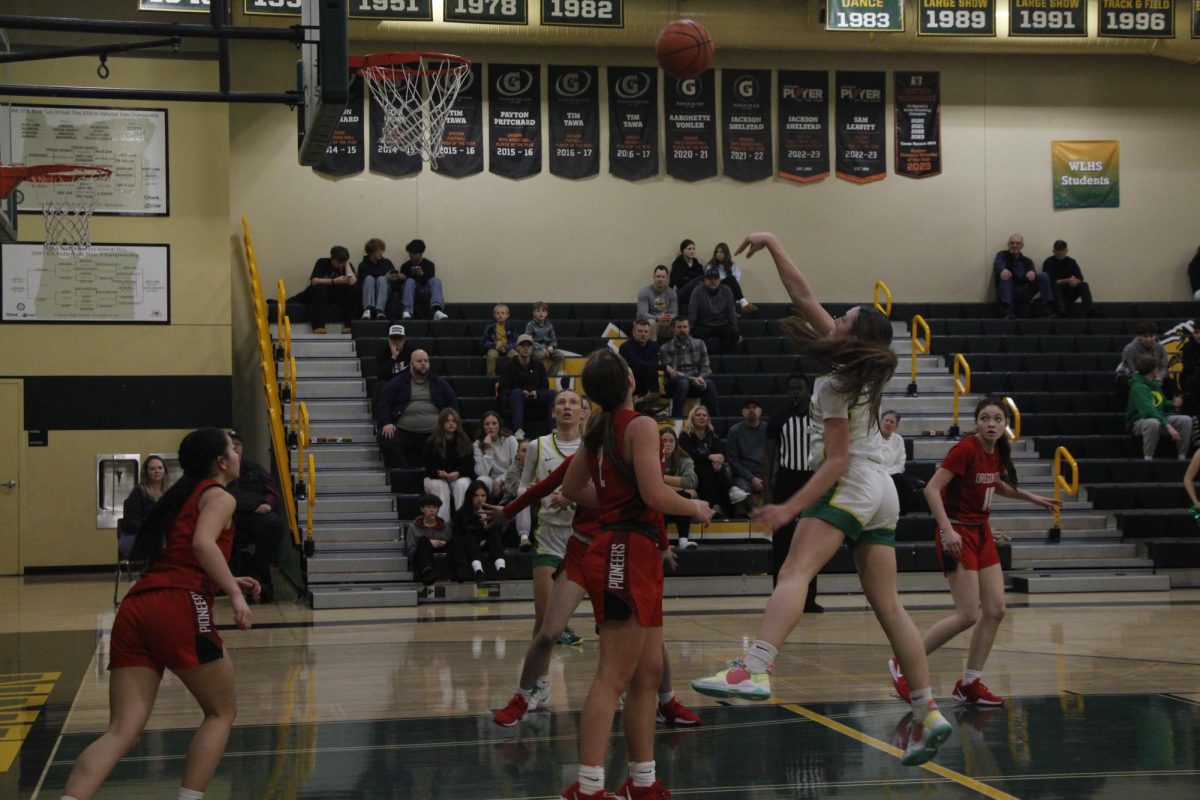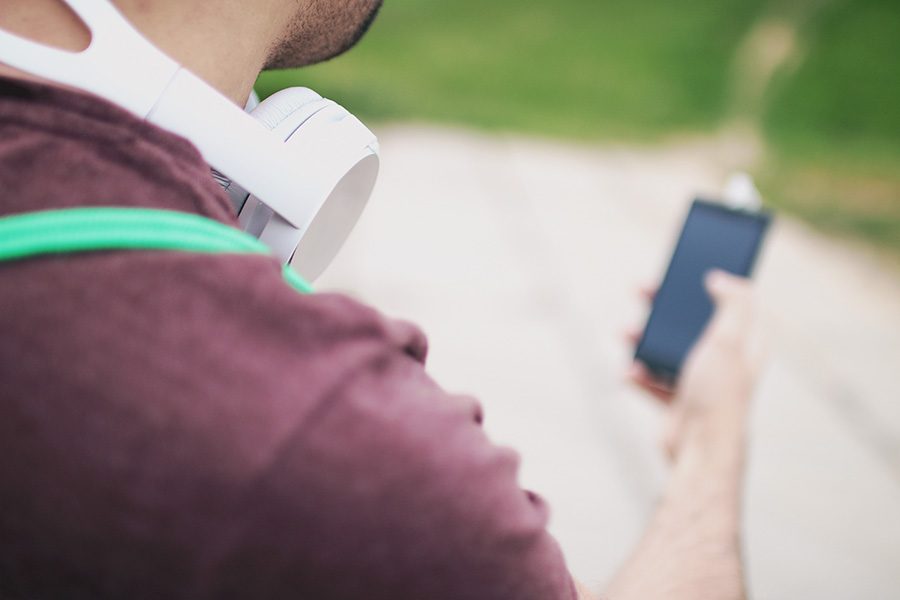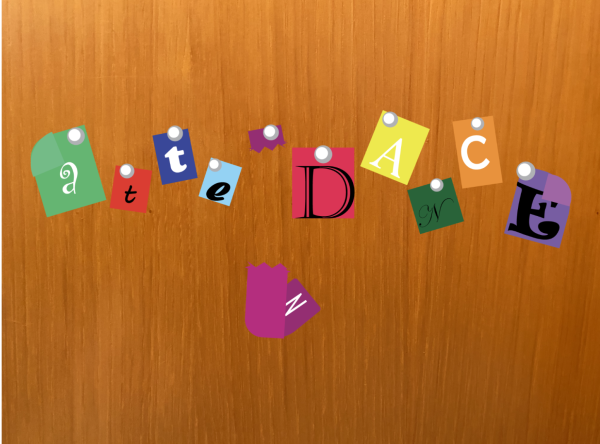Is anybody listening?
Hearing loss is becoming more and more prevalent with youth.
Imagine. You’re walking down the street, going home after a long day of school. Nothing could make this tiring and boring walk better than plugging in your earbuds and listening to your favorite song, “I can’t hear you” by Dead Weather. Turning up the volume, you jam out. You pace yourself to the beat and hum to the melody of the song when all of a sudden–ouch! What’s that strange ringing noise in your ear?
The next day, you visit your ear doctor and he informs you that “Of course you’d experience ringing sounds” because after all, you have the “hearing of an 85 year old.” Huh? 85 year old? But I’m just 17! You say. Unfortunately, you are not alone. Every year, 35 million teenagers are diagnosed with hearing loss. This large number has doubled since 2000, according to the American Speech-Language-Hearing Association(ASHA), around the same time smartphones were introduced.
As a result, most researchers agree this sudden increase of hearing loss in adolescents is largely due to two sources: earphones and smartphones or mp3 players. According to the Journal of Pediatrics, 12.5% of kids between three and nineteen years old suffer from hearing loss as a direct result of listening to music too loud with earbuds or headphones on.
Unsurprisingly, playing music at high volumes from earphones and headphones can easily damage hearing by tearing off the hairs cells in the ears’ basilar membranes. Because modern smartphones and mp3 players have the capacity to play music at 120 decibels (just 20 dB under what could burst your eardrum), these devices can damage your hearing for good.
But if mp3 players and headphones are the main problems, then why the sudden spike in hearing loss? Mp3 players and headphones have been around for ages, with the very first headphone dating back to 1991. According to the Palo Alto Medical Foundation, the recent significant increase in hearing loss is due to the growing memory storage of smartphones and mp3 players Older portable music players like the Insignia could only hold one CD or one cassette tape. This forced people to listen to music less. But due to nanotechnology, phones nowadays can hold an average of 13,000 songs which lead to excessive and harmful listening.
So what is the solution here? Forbid teenagers from using headphones or earphones? Or just ban iPods, mp3 players, and smartphones all together? Neither. As damaging they can be, both smartphones and headphones are undeniably helpful. Then how about placing limiters in headphones to prevent people from increasing the volume to high levels? Although limiters can help, they are often filled with loopholes. In other words, most headphones that implement limiters have ways of easily overcoming them.
Instead, prevention and caution should be practiced. One way to enjoy music at lower volumes is by purchasing noise-cancelling headphones. Noise-cancelling headphones significantly block out background sound so you can listen without having to increase the volume. Another way to prevent hearing loss is by regularly checking to make sure you are listening to music at safe volumes by holding your earphones half an arm’s length away. If you can hear your music, it’s too loud. As Ben Franklin said, “An ounce of prevention is worth a pound of cure.”
Your donation will support the student journalists of West Linn High School. Your contribution will allow us to continue to produce quality content by purchasing equipment, software, and continuing to host our website on School Newspapers Online (SNO).

A curious Ji Hyun An, senior, had her eyes opened to a brand new world, the world of journalism, and it all began with her father.
“My dad was featured...


![Reaching out. Christopher Lesh, student at Central Catholic High School, serves ice cream during the event on March 2, 2025, at the Portland waterfront. Central Catholic was just one of the schools that sent student volunteers out to cook, prepare, dish, and serve food. Interact club’s co-president Rachel Gerber, junior, plated the food during the event. “I like how direct the contact is,” Gerber said. “You’re there [and] you’re just doing something good. It’s simple, it’s easy, you can feel good about it.”](https://wlhsnow.com/wp-content/uploads/2025/03/interact-1-edited-1200x744.jpg)





























































![At the bottom of the third inning, the Lions are still scoreless. Rowe stands at home plate, preparing to bat, while Vandenbrink stands off to the side as the next batter up. Despite having the bases loaded, the team was unable to score any runs. “It’s just the beginning of the season. We’re just going to be playing out best by June, [and] that’s where champions are,” Rowe said.](https://wlhsnow.com/wp-content/uploads/2024/03/IMG_3077-1200x900.jpg)






























































![Reaching out. Christopher Lesh, student at Central Catholic High School, serves ice cream during the event on March 2, 2025, at the Portland waterfront. Central Catholic was just one of the schools that sent student volunteers out to cook, prepare, dish, and serve food. Interact club’s co-president Rachel Gerber, junior, plated the food during the event. “I like how direct the contact is,” Gerber said. “You’re there [and] you’re just doing something good. It’s simple, it’s easy, you can feel good about it.”](https://wlhsnow.com/wp-content/uploads/2025/03/interact-1-edited-600x372.jpg)